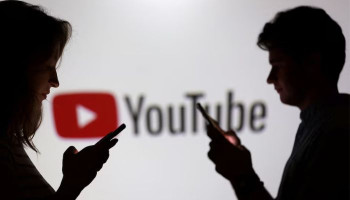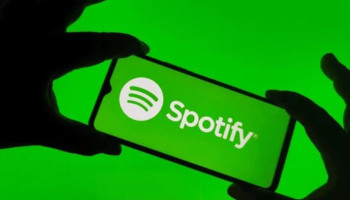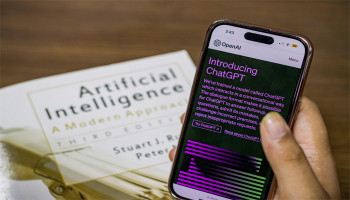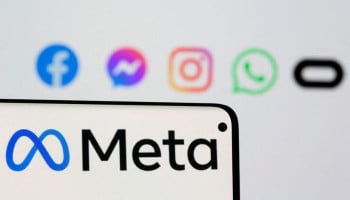
TikTok, a short video platform, has come under renewed scrutiny after the United States ordered its Chinese owner, ByteDance, to sell the app's US assets or risk a countrywide ban.
Here's how it works and why it's gotten more attention than competing technologies like Meta, Google, YouTube, and Snapchat.
Algorithms
Citing sources, Reuters reported that the algorithms are critical to ByteDance's entire operations, and the company would rather shut down the app than sell it.
China amended its export laws in 2020 to grant it approval rights over any export of algorithms and source codes, complicating any efforts to sell the app.
Academics and former firm employees believe that TikTok's global popularity is due not just to its algorithms, but also to how it works with the short video format.
Read more: TikTok, Coke Studio collaborate for Season 15 as official entertainment partner
It's the app too
Considering the popularity of Meta's Facebook and Instagram, many people assumed that technology that connected a user's social relationships was the secret sauce to a successful social media app before TikTok.
However, TikTok demonstrated that an algorithm powered by an awareness of a user's interests may be more powerful. TikTok officials, including CEO Shou Zi Chew, have stated that their algorithm is based on "interest signals" rather than the "social graph" used by Meta.
Whereas, rivals use similar interest-based algorithms, Catalina Goanta, an associate professor at Utrecht University, believes TikTok's short video format boosts the algorithm's performance.
"Their recommender system is very common. But what distinguishes TikTok as an app is the design and the content," she said.
The short video format allows TikTok's algorithm to become much more dynamic, even tracking changes in users' preferences and interests over time, down to the granular level of what a person would appreciate during a specific time of day.
Rapid data collection
The short video format enables TikTok to learn about user preferences considerably more quickly, according to Jason Fung, former head of TikTok's gaming division.
"Because it's in bite-size format, it is a short video, you're able to collect data about a user's preference a lot faster than YouTube, where maybe the average video is just less than 10 minutes long," he explained. "Imagine you're collecting data about a user on average every 10 minutes versus every couple seconds."
Allows exploration
TikTok frequently promotes content that is unrelated to users' interests, which the company's management has stated is critical to TikTok's user experience.
A study published last month by researchers from the US and Germany found that TikTok's algorithm "exploits the user interests in 30% to 50% of the recommendation videos" after examining data from 347 TikTok users and five automated bots.
The study suggests that the TikTok algorithm recommends a large number of explore videos to either better infer user interests or maximise user retention by recommending many videos that are outside of the user's interests.
Mobilises users into groups
According to Ari Lightman, a researcher at Carnegie Mellon University, TikTok's other effective technique is to encourage its users to establish public groups using hashtags.
Moreover, TikTok can better understand its users' behaviour, interests, alignment, and ideology if it encourages them to establish public groups, he explained.
However, if TikTok is outlawed in the United States, Lightman believes that while American tech titans have the potential to imitate TikTok with their platforms, duplicating the user culture offered by TikTok may be a more difficult undertaking.
Chinese advantage
TikTok's recommendation system was also heavily influenced by its Chinese sibling app Douyin, which launched in 2016. Although ByteDance frequently emphasises that TikTok and Douyin are independent applications, one person with intimate knowledge of the situation noted the two algorithms are nonetheless identical to this day.
In the meantime, Douyin's AI was boosted by the company's ability to take advantage of China's cheap labour costs, which allowed it to recruit a large number of content annotators to meticulously categorise all of the platform's material and users.
"During 2018 and 2019, Douyin concentrated on putting tags on every user. So they would individually tag each video clip. Then they would tag their users based on the video they had viewed," explained Yikai Li, a manager at ad agency Nativex and former director at ByteDance. "Then they also applied this tactic on TikTok."
Whereas engaging annotators to tag data is now a standard and significant practice for AI businesses, ByteDance was an early adopter of this method.
"It's a lot of work organising these tags. It's quite tedious," he said, "so Chinese firms have an edge here. You can afford many more people. The cost is lower than for North American corporations."
















